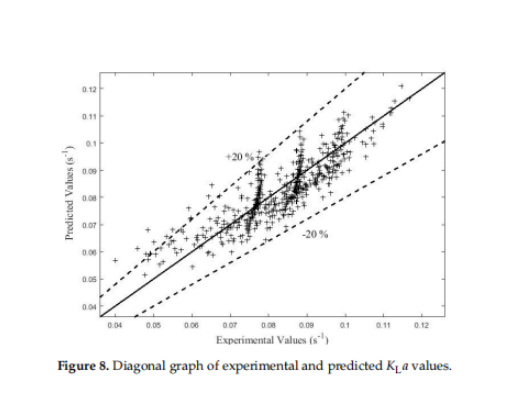Removal of Dissolved Oxygen from Water by Nitrogen Stripping Coupled with Vacuum Degassing in a Rotor–Stator Reactor
Zemeng Zhao, Zhibang Liu , Yang Xiang , Moses Arowo and Lei Shao,
Abstract
Oxygen is a harmful substance in many processes because it can bring out corrosion and oxidation of food. This study aimed to enhance the removal of dissolved oxygen (DO) from water by employing a novel rotor–stator reactor (RSR). The effectiveness of the nitrogen stripping coupled with vacuum degassing technique for the removal of DO from water in the RSR was investigated. The deoxygenation effificiency (η) and the mass transfer coeffificient (KLa) were determined under various operating conditions for the rotational speed, liquid volumetric flflow rate, gas volumetric flflow rate, and vacuum degree. The nitrogen stripping coupled with vacuum degassing technique achieved values for η and KLa of 97.34% and 0.0882 s−1 , respectively, which are much higher than those achieved with the vacuum degassing technique alone (η = 89.95% and KLa = 0.0585 s−1 ). A correlation to predict the KLa was established and the predicted KLa values were in agreement with the experimental values, with deviations generally within 20%. The results indicate that RSR is a promising deaerator thanks to its intensifification of gas–liquid contact.
Keywords: deoxygenation efficiency; vacuum-N2-H2O-O2 system; rotor-stator reactor; mass transfer; correlation
Conclusions
This study employed a coupled vacuum–N2 technique to remove DO from water in an RSR. The effects of various operating conditions, including the rotational speed, the liquid volumetric flow rate, the gas volumetric flow rate and the vacuum degree, on the values of η and KLa were investigated. The optimum operating conditions in terms of deoxygenation effificiency and energy consumption were determined as a rotational speed of 600 rpm, a liquid volumetric flow rate of 0.4 m3/h, a gas volumetric flflow rate of 3 m3/h and a vacuum degree of 0.06 MPa. Under these conditions, the vacuum–N2–H2O–O2 system achieved values for η and KLa of 97.34% and 0.0882 s−1 , respectively. Additionally, a correlation to predict the KLa in the RSR was established, and the results show that the predicted values were in agreement with the experimental values, with deviations generally within 20%. These results indicate that the coupled technique carried out in an RSR is a feasible approach to remove DO from water under reasonable operating conditions thanks to the enhanced synergistic effect of nitrogen stripping and vacuum degassing under a high gravity environment.


Published journal: Processes, 2021, 9, 1354.
